Home>Garden Essentials>When To Harvest Nasturtium Seeds
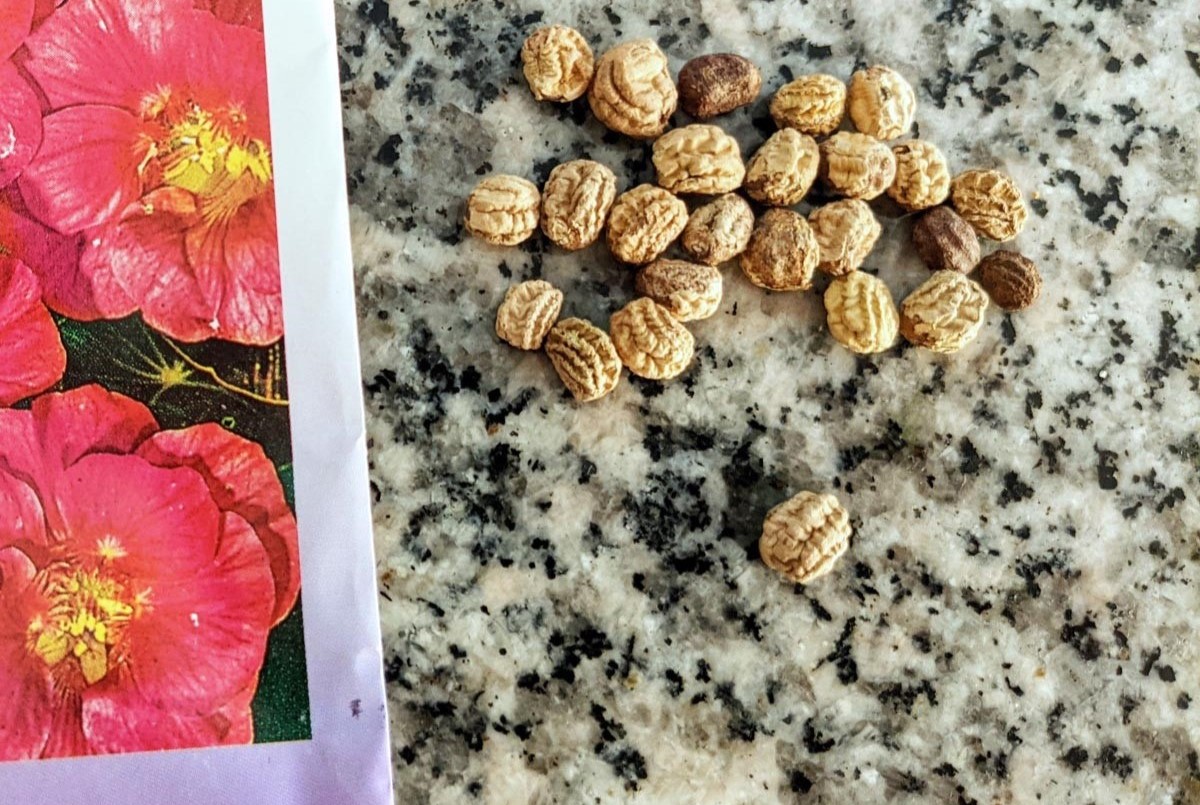

Garden Essentials
When To Harvest Nasturtium Seeds
Modified: March 24, 2024
Learn when to harvest nasturtium seeds in your garden and ensure a bountiful harvest. Discover the best time to collect these vibrant and edible seeds to enhance your culinary creations.
(Many of the links in this article redirect to a specific reviewed product. Your purchase of these products through affiliate links helps to generate commission for Storables.com, at no extra cost. Learn more)
Introduction
Gardening enthusiasts know that the joy of growing plants extends beyond just watching them bloom. One of the most rewarding experiences in gardening is being able to harvest seeds and continue the cycle of life for future plants. Nasturtium seeds are a prime example of this, with their beautiful flowers, edible leaves, and flavorful seeds that can be harvested and stored for future use.
In this article, we will explore the process of harvesting nasturtium seeds and provide insights into when and how to do it. Whether you are an experienced gardener or just starting out, understanding the proper timing and techniques for harvesting nasturtium seeds can greatly contribute to the success of your gardening endeavors.
So let’s delve into the world of nasturtium seeds and discover when it’s best to harvest them!
Key Takeaways:
- Harvest nasturtium seeds when the pods turn deep yellow or brown, feel dry and brittle, and make a rattling sound when shaken. Consider weather, plant health, and desired quantity before harvesting.
- To store harvested nasturtium seeds, dry them completely, use a dry and airtight container, label it, store in a cool, dark place, and monitor regularly for viability. Happy harvesting!
Read more: How To Harvest Nasturtium Seeds
Understanding Nasturtium Seeds
Before we dive into the particulars of when to harvest nasturtium seeds, let’s first understand what they are and why they are worth your attention. Nasturtiums (Tropaeolum majus) are beautiful flowering plants that are well-loved for their vibrant colors and delicate foliage. They are easy to grow, making them a popular choice for both experienced gardeners and beginners.
Nasturtiums produce unique, round-shaped seeds that are often compared to tiny pebbles. These seeds have a distinct flavor, slightly peppery and reminiscent of watercress, making them a delightful addition to salads, sandwiches, and other culinary creations. They are also edible when young and can be pickled to create a tangy and piquant condiment.
In addition to their culinary uses, nasturtium seeds can be saved for future planting. This allows you to continue growing these delightful flowers in your garden year after year, while also sharing seeds with fellow gardening enthusiasts.
It’s essential to understand that not all nasturtium flowers turn into seeds. Some varieties are bred for their showy blooms and may not produce seeds at all. However, for those varieties that do produce seeds, it’s worth knowing when and how to harvest them to ensure their viability and successful germination.
Now that we have a basic understanding of nasturtium seeds and their uses, let’s explore the telltale signs that indicate when it’s time to harvest them.
Signs of Seed Maturity
Harvesting nasturtium seeds at the right time is crucial to ensure their viability and successful germination. To determine if the seeds are mature and ready for harvesting, keep an eye out for the following signs:
- Pod Color: Nasturtium seed pods start off green and gradually change to a yellow or brown color as they mature. Look for pods that have turned a solid, deep color. This indicates that the seeds inside have reached their full maturity.
- Dryness and Brittleness: Mature nasturtium seeds are dry and brittle to the touch. Gently press on the seed pod to check if it feels firm and easily breaks apart. Avoid harvesting seeds from pods that are still green and pliable, as the seeds may not be fully developed.
- Rattling Sound: Give the seed pods a gentle shake. If you hear a distinct rattling sound, it’s a good indicator that the seeds inside have dried and detached from the pod walls, making them ready for harvest.
- Seed Color: Nasturtium seeds are usually black or dark brown when fully mature. Immature seeds are lighter in color and may appear green or yellowish. Wait until the seeds have turned dark before harvesting.
Remember that the exact timing for harvesting nasturtium seeds will vary depending on factors such as climate and growing conditions. Use the above signs as a general guideline, but ultimately trust your judgment and assess the seeds individually to determine their maturity.
Now that you know how to identify mature nasturtium seeds, let’s explore the factors to consider before harvesting them.
Factors to Consider Before Harvesting
While it’s important to pay attention to the signs of seed maturity, there are a few additional factors to consider before harvesting your nasturtium seeds:
- Weather Conditions: Before harvesting, check the weather forecast to ensure that there is no rain or high humidity expected. Moisture can cause the seeds to become moldy or germinate prematurely, reducing their viability.
- Seed Saving Variety: If you are growing a specific seed-saving variety of nasturtiums, make sure to save seeds only from those plants. Some hybrid varieties may not produce seeds that will grow true to the parent plant. If preserving the characteristics of a particular variety is important to you, do some research before selecting your seeds.
- Plant Health: Harvest seeds from plants that are healthy and free from diseases or pest infestations. This ensures that the seeds you collect have the best chance of germinating successfully and producing vigorous plants.
- Selective Harvesting: As you observe your nasturtium plants, you may notice that the seeds on the same plant or even in the same pod mature at different rates. Be selective in your harvesting and choose only fully matured seeds to ensure optimal germination rates.
- Seed Quantity: Consider the number of seeds you need for future planting or sharing with others. If you have limited space or simply don’t need a large quantity of seeds, you may choose to leave some on the plant to enjoy the visual interest they bring to your garden.
By taking these factors into account, you can ensure that you harvest the highest quality seeds from your nasturtium plants. Now let’s move on to the proper technique for harvesting nasturtium seeds.
Harvest nasturtium seeds when the flowers have wilted and the seed pods are dry and brown. Gently squeeze the pods to release the seeds, then store them in a cool, dry place for future planting or culinary use.
Proper Harvesting Techniques
When it comes to harvesting nasturtium seeds, there are a few key techniques that will help you gather the seeds efficiently and ensure their viability:
- Timing: As discussed earlier, wait until the seed pods have turned a solid, deep color and the seeds are dry and brittle. This indicates that they have reached full maturity and are ready for harvest.
- Gently Remove Pods: Carefully pluck the mature seed pods from the plant. Avoid pulling forcefully, as this can damage the plant or cause unripe seeds to be harvested.
- Separate Seeds from Pods: Once you have collected the seed pods, it’s time to separate the seeds from the pods. This can be done by gently twisting or applying light pressure to the pods to crack them open. Alternatively, you can use your fingertips or a small tool to remove the seeds from the pods.
- Patience and Thoroughness: Nasturtium seeds tend to be small and can sometimes be challenging to extract from the pods. Take your time and be thorough in your extraction process to ensure that you gather as many viable seeds as possible.
- Sorting and Cleaning: After separating the seeds from the pods, give them a quick visual inspection and discard any damaged or discolored seeds. To remove any debris or small bits of pod material, gently blow on the seeds or use a fine sieve to sift through them.
- Drying: To further ensure the longevity of your harvested seeds, spread them out in a single layer on a clean, dry surface. Place them in a well-ventilated area away from direct sunlight and moisture. Allow the seeds to air dry completely for about a week before storing them.
By following these proper harvesting techniques, you can obtain high-quality nasturtium seeds that are ready for storage and future use. Speaking of storage, let’s explore the best practices for storing your harvested nasturtium seeds.
Read more: When To Plant Nasturtium Seeds Indoors
Storing Nasturtium Seeds
Proper storage is essential to maintain the viability of your harvested nasturtium seeds. Follow these steps to ensure your seeds stay healthy and ready for planting:
- Dry Seeds Completely: Before storing, make sure your seeds are thoroughly dry. Moisture can lead to mold and the premature germination of the seeds. If you’re uncertain about the dryness of the seeds, allow them to air dry for a few more days before proceeding with storage.
- Choose a Suitable Container: Select a dry and airtight container for storing your seeds. Options can include small glass jars, resealable plastic bags, or seed envelopes. The container should be clean and free from any moisture or contaminants.
- Label the Container: To avoid confusion, label the container with the variety and the date of harvesting. This will help you keep track of your seed collection and ensure you know which seeds to use first.
- Store in a Cool, Dark Place: Place the labeled containers in a cool and dark location, away from direct sunlight and temperature fluctuations. Ideally, the storage area should have a temperature between 40 and 50 degrees Fahrenheit (4 to 10 degrees Celsius).
- Monitor and Rotate: Periodically check on your stored seeds to ensure they remain dry and free from pests or mold. To maintain viability, it’s a good practice to rotate your seed collection every few years by using older seeds and saving new ones.
By following these storing guidelines, you can extend the life of your nasturtium seeds and have them ready for future planting seasons.
Now that you have learned about when to harvest nasturtium seeds, techniques for proper harvesting, and storage guidelines, you can confidently embark on your seed-saving journey. Enjoy the satisfaction of growing and sharing these vibrant flowers while ensuring a bountiful supply of seeds for seasons to come.
Happy gardening!
Conclusion
Harvesting nasturtium seeds is a rewarding and valuable practice for gardeners. By understanding the signs of seed maturity, considering important factors before harvesting, employing proper techniques during the harvesting process, and ensuring appropriate storage, you can successfully collect and preserve your own nasturtium seeds.
The vibrant flowers, edible leaves, and flavorful seeds of nasturtium plants bring beauty and culinary delight to any garden. Not only can you enjoy the visual appeal and peppery taste of these plants, but you can also continue the cycle of life by saving and planting their seeds year after year.
Remember to wait for the seed pods to fully mature, ensuring that they have turned a deep color, feel dry and brittle, and produce a rattling sound when shaken. Consider factors such as weather conditions, seed-saving variety, plant health, and desired seed quantity before harvesting.
When harvesting, handle the pods with care, separate the seeds from the pods, and remove any damaged or discolored seeds. Let your seeds air dry completely before storing them in a cool, dark, and airtight container. Regularly monitor and rotate your seed collection to maintain viability.
By following these guidelines, you can continue the life cycle of your nasturtium plants and reap the rewards of a bountiful seed collection. Whether you use the seeds for future planting, culinary adventures, or sharing with fellow gardeners, you can take pride in preserving the beauty and flavors of these remarkable plants.
So, grab your gardening tools and start putting your newfound knowledge into practice. With a little patience, care, and a green thumb, you can become a successful nasturtium seed harvester and contribute to the growth of these delightful flowers.
Happy harvesting!
Frequently Asked Questions about When To Harvest Nasturtium Seeds
Was this page helpful?
At Storables.com, we guarantee accurate and reliable information. Our content, validated by Expert Board Contributors, is crafted following stringent Editorial Policies. We're committed to providing you with well-researched, expert-backed insights for all your informational needs.
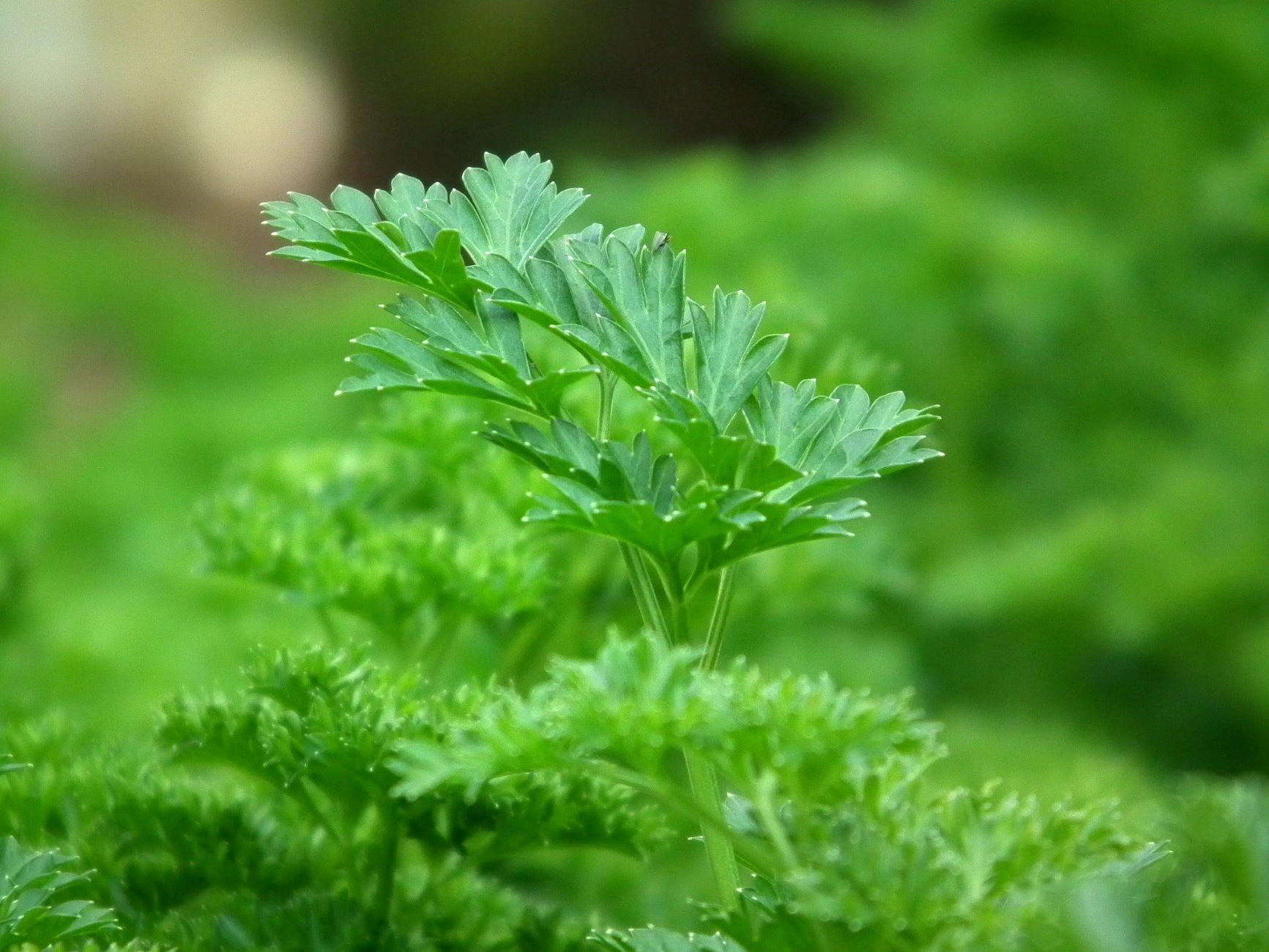
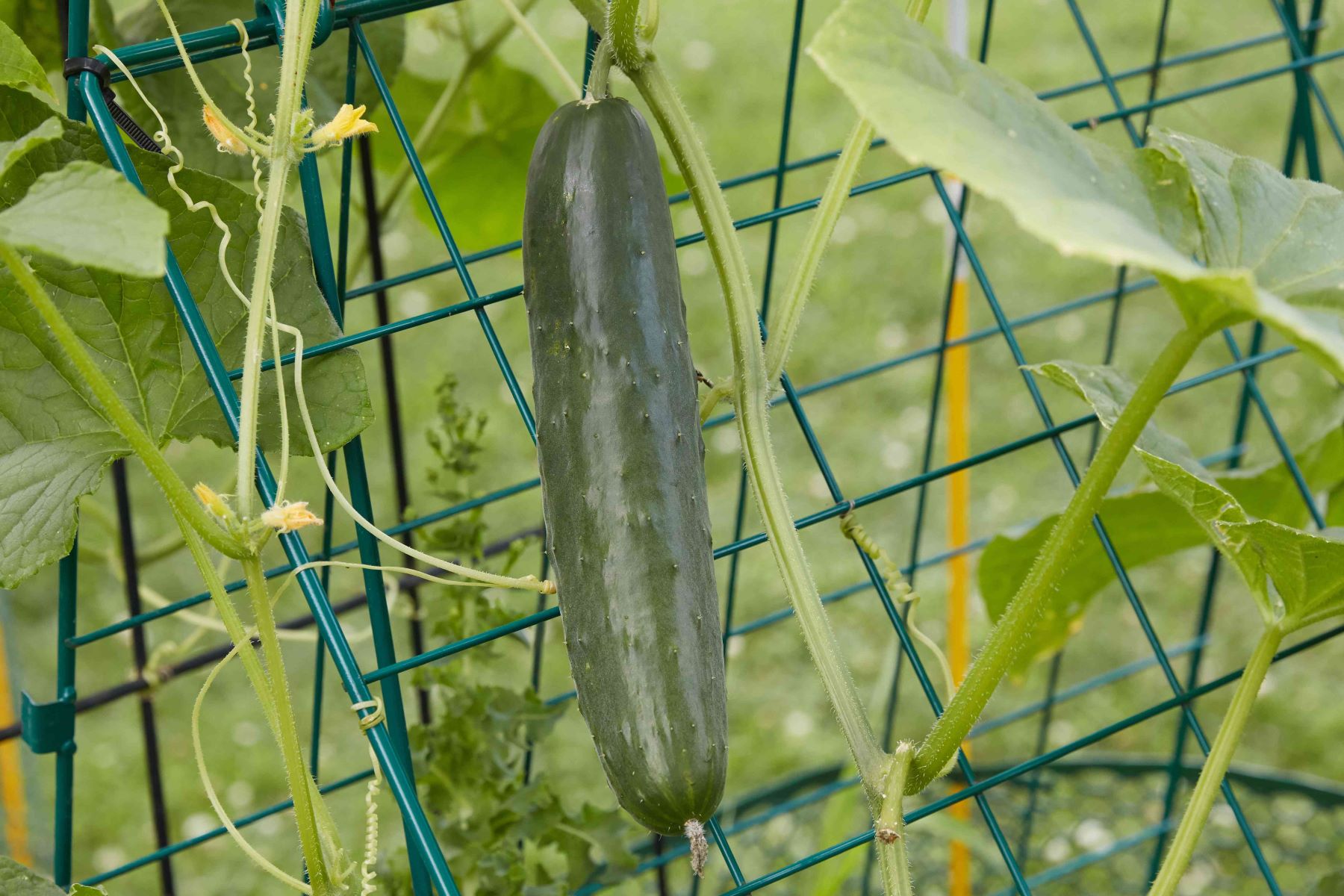
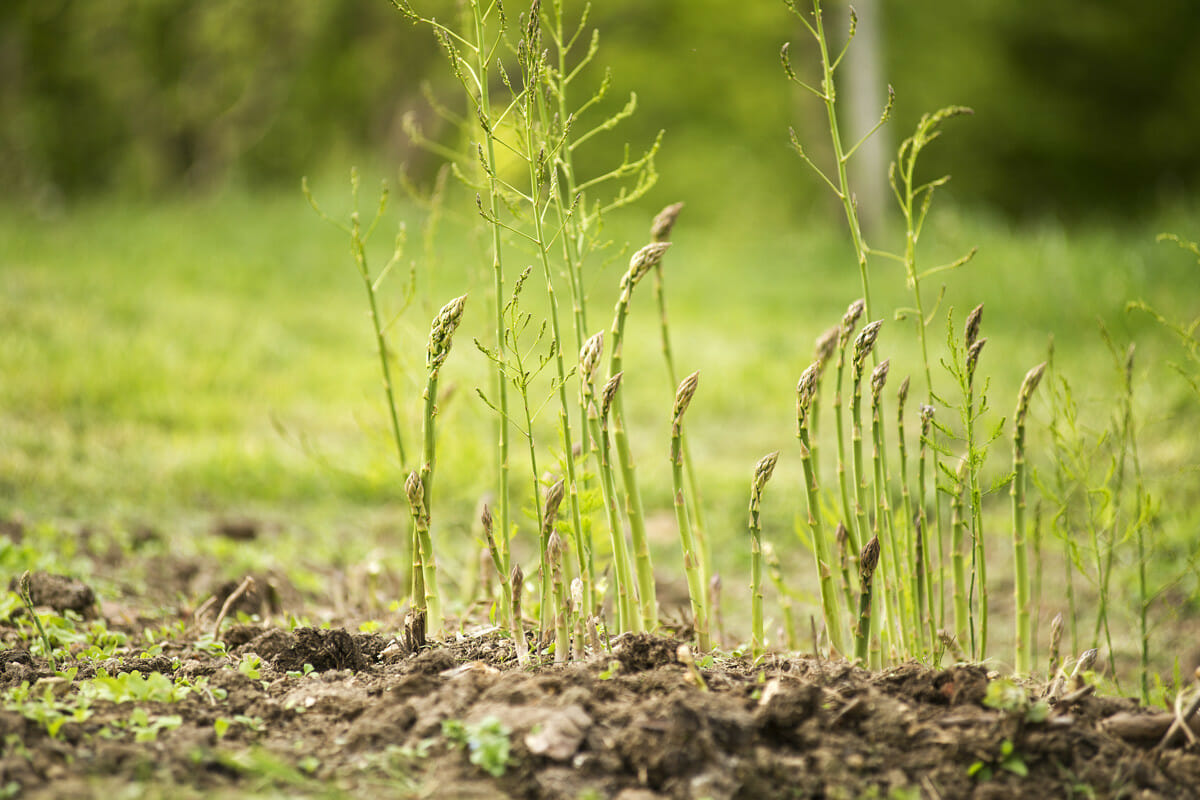
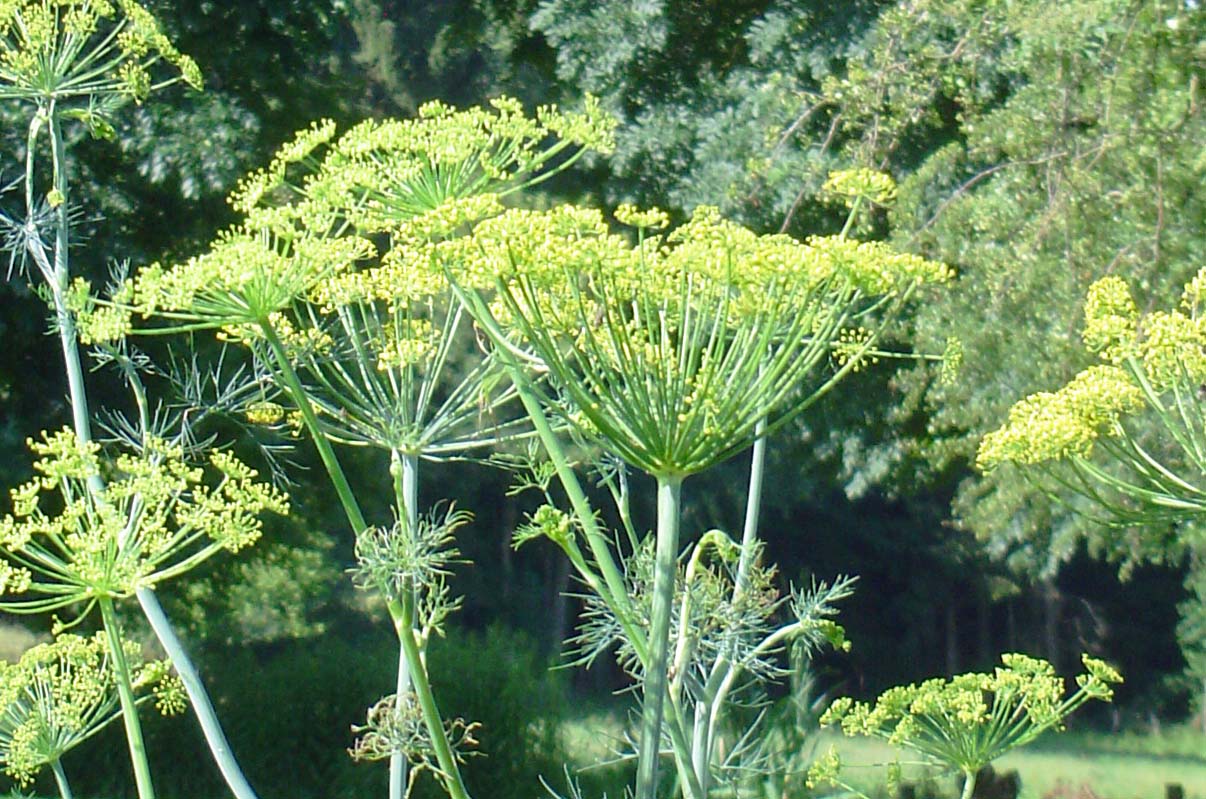
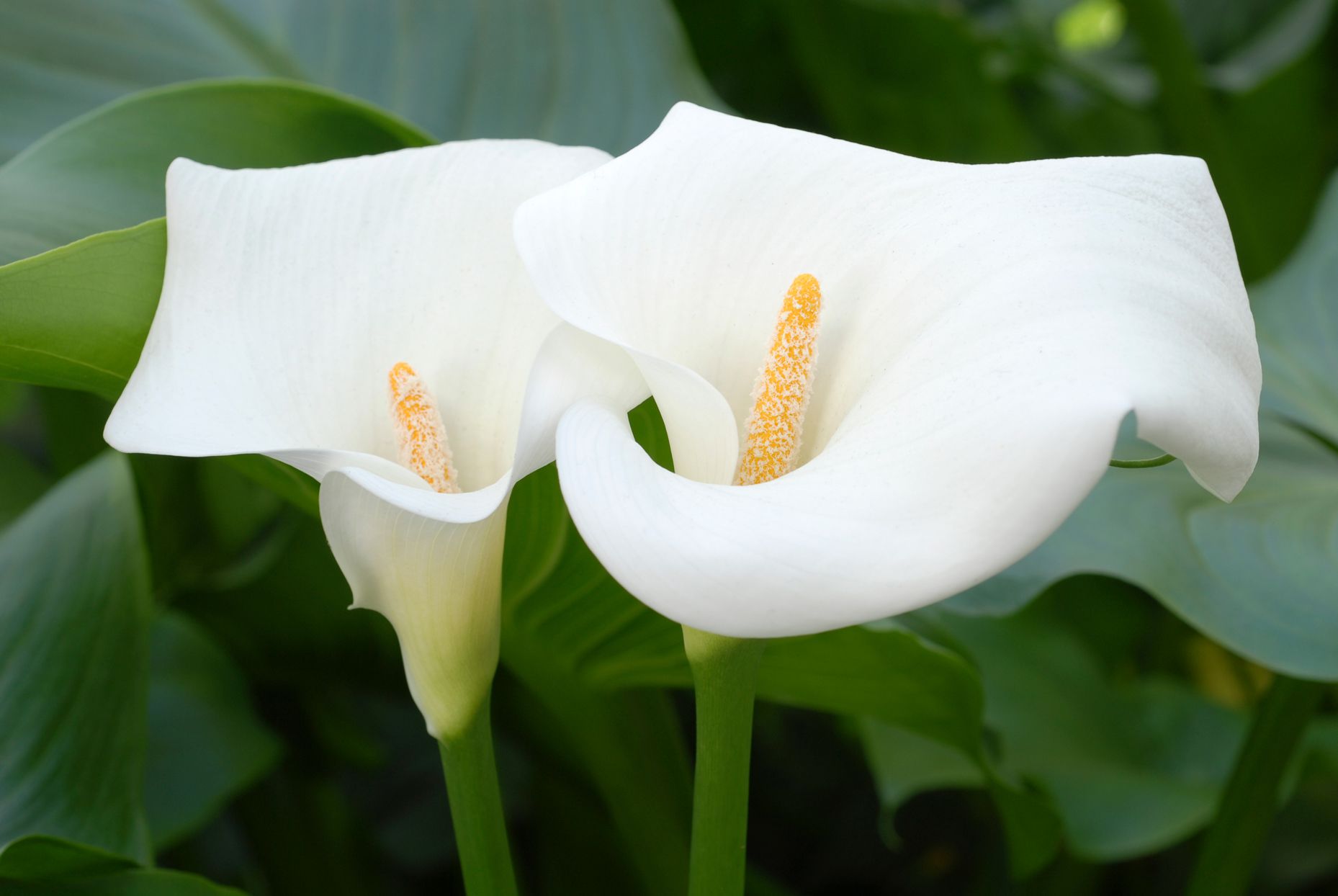
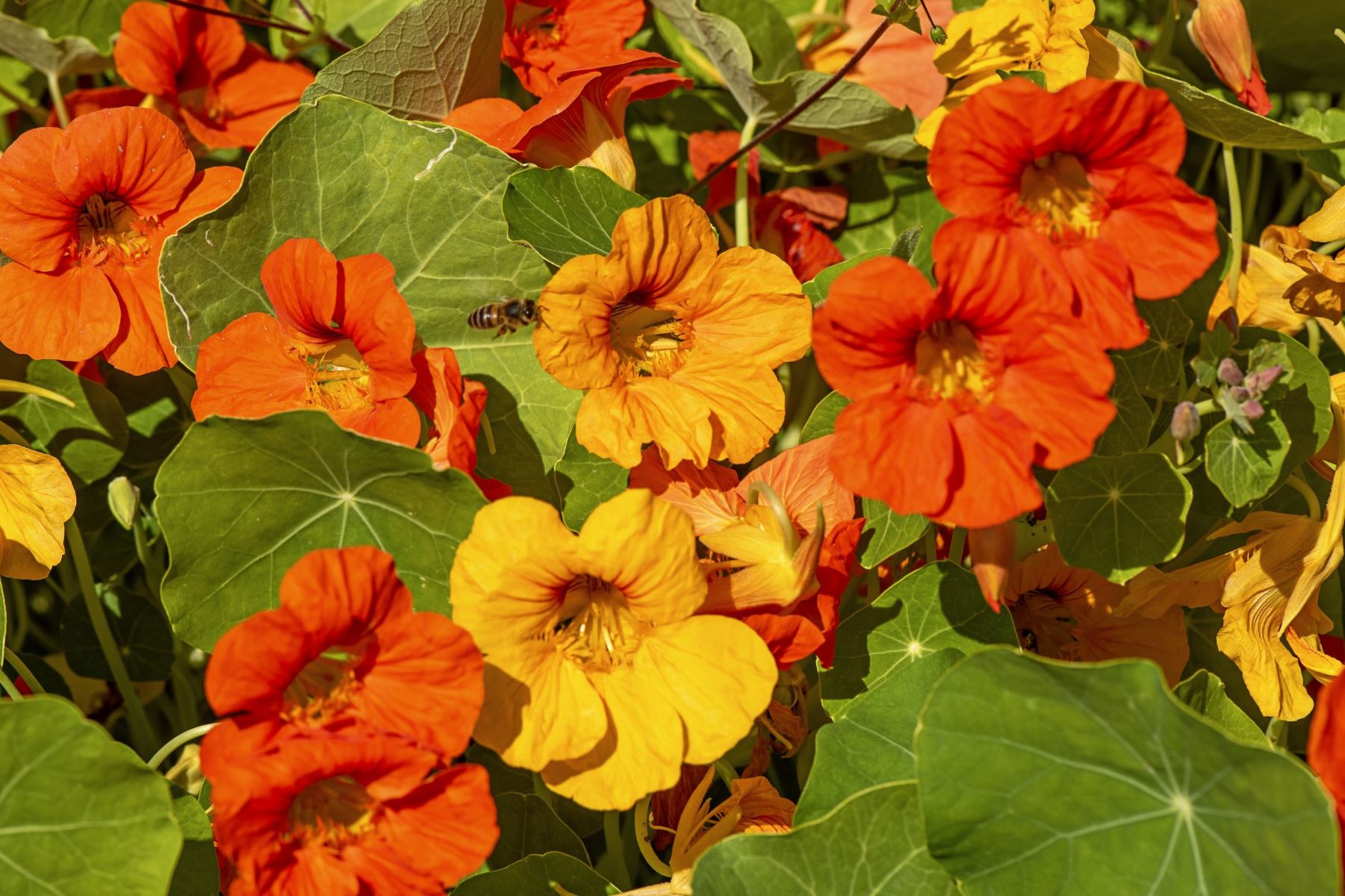
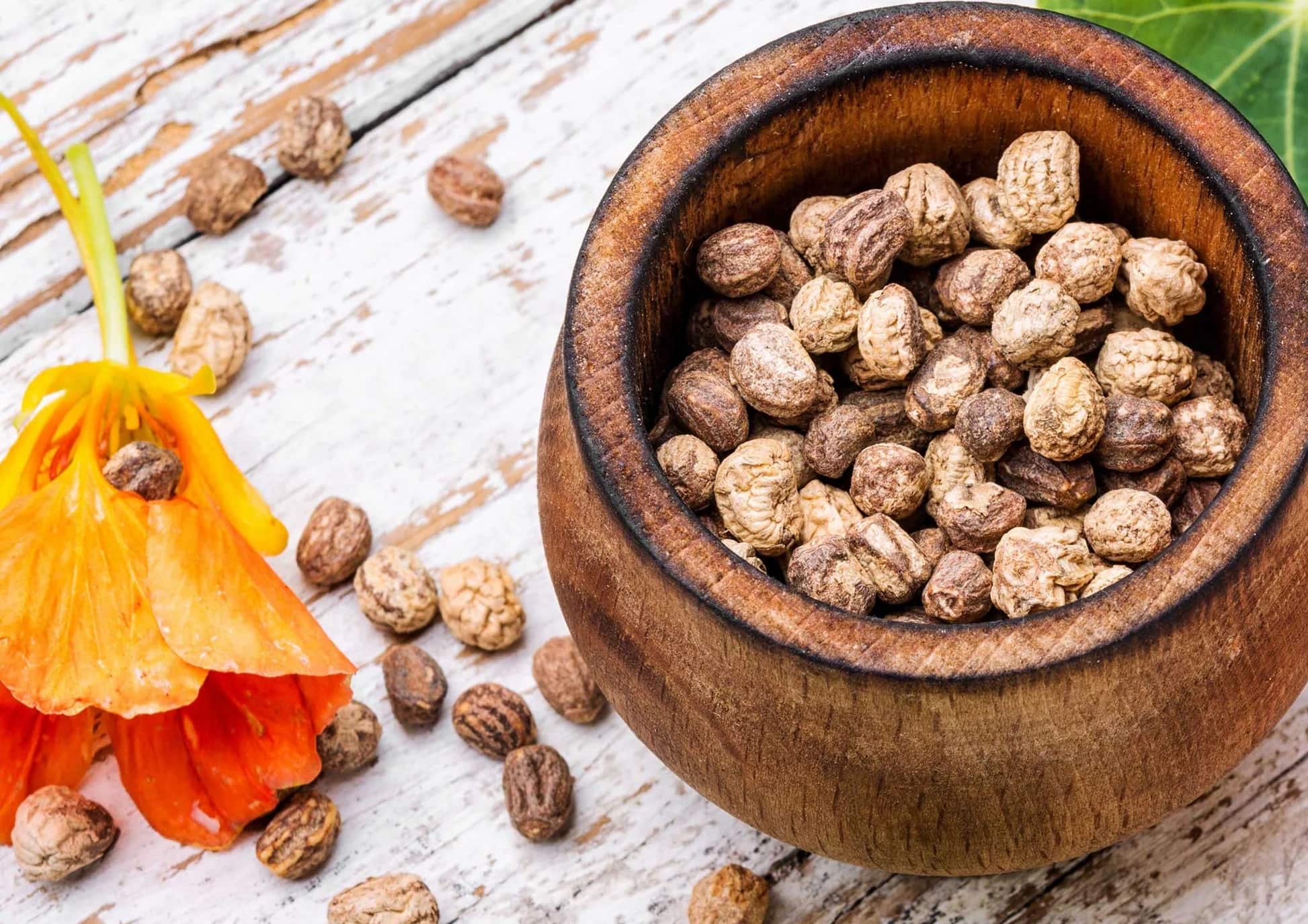
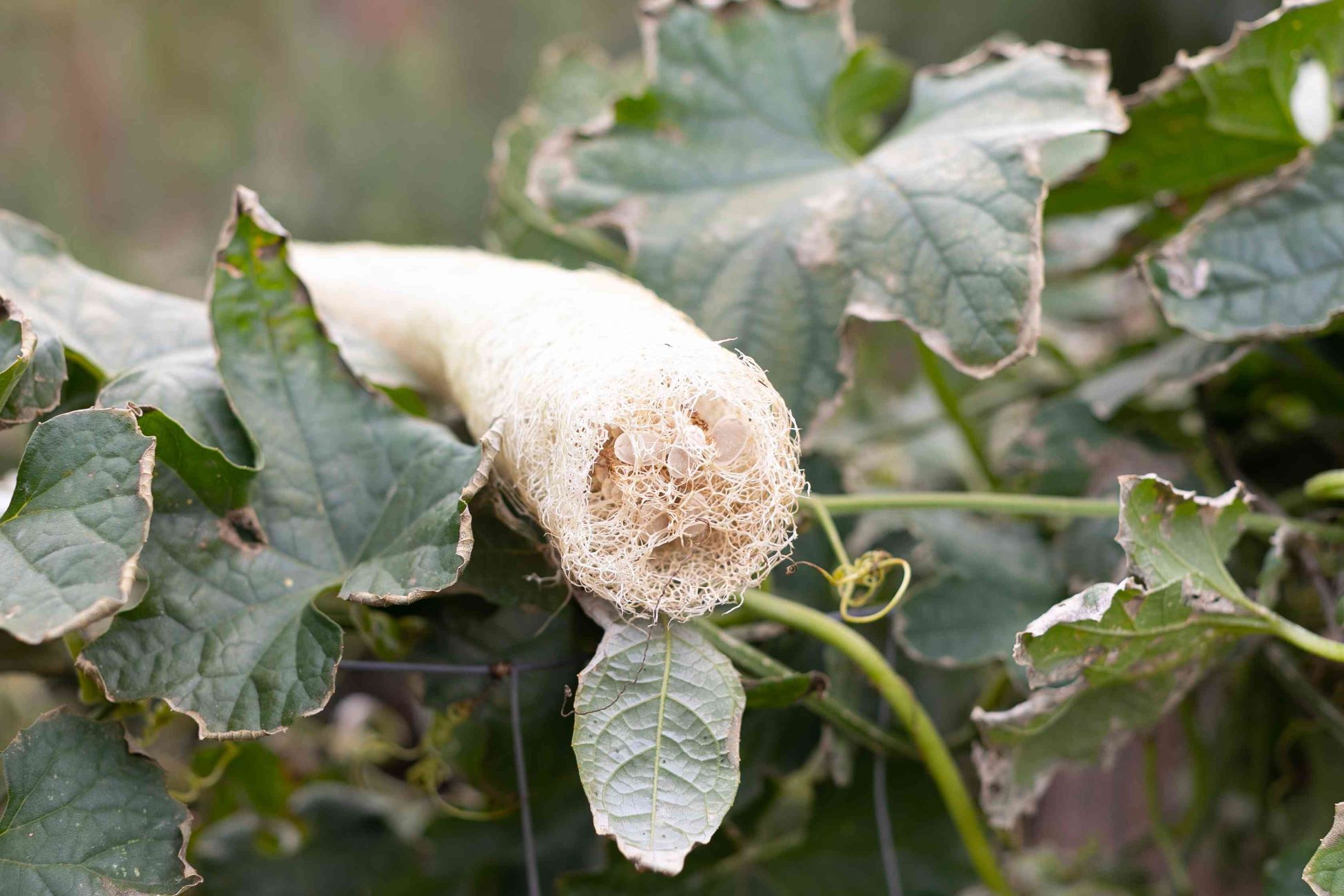
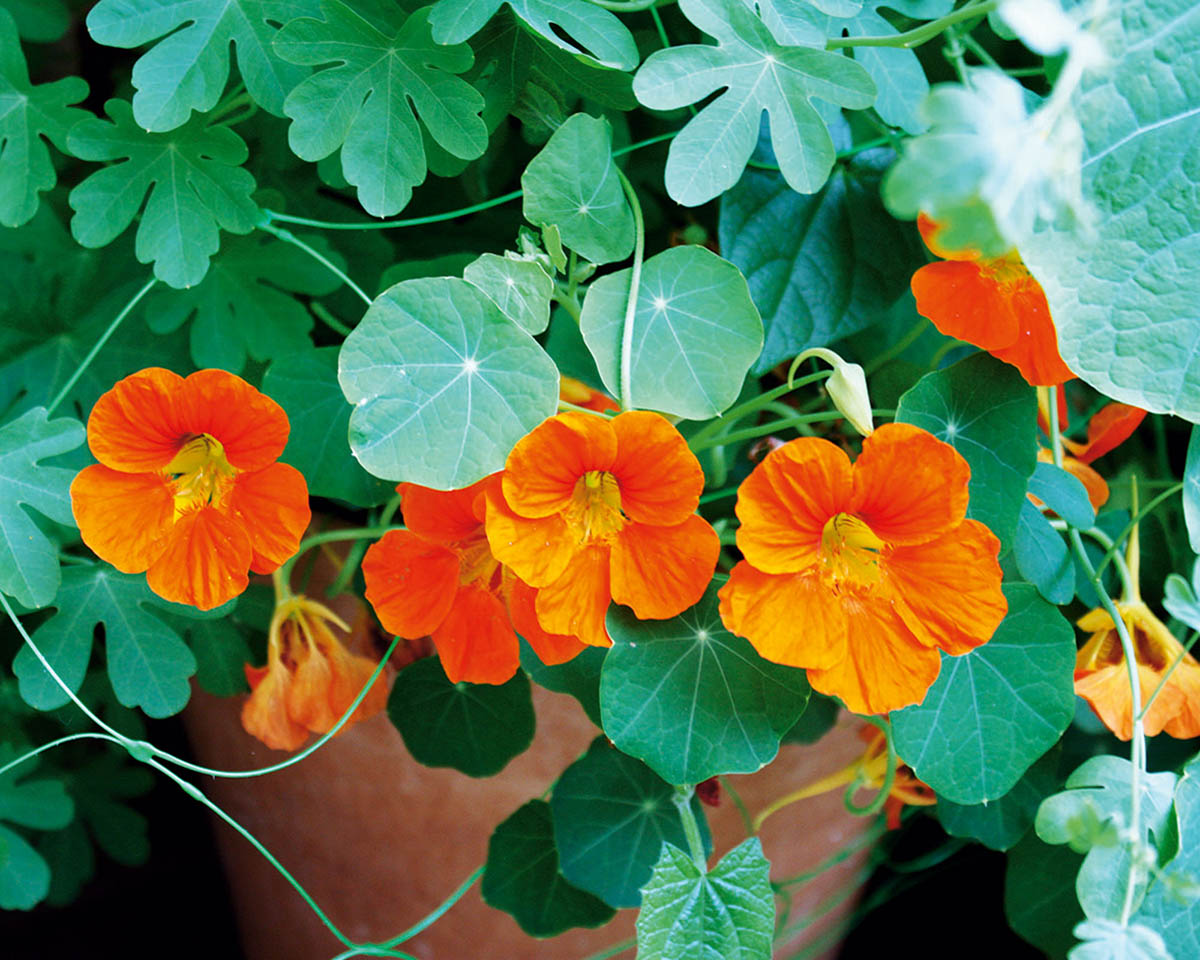
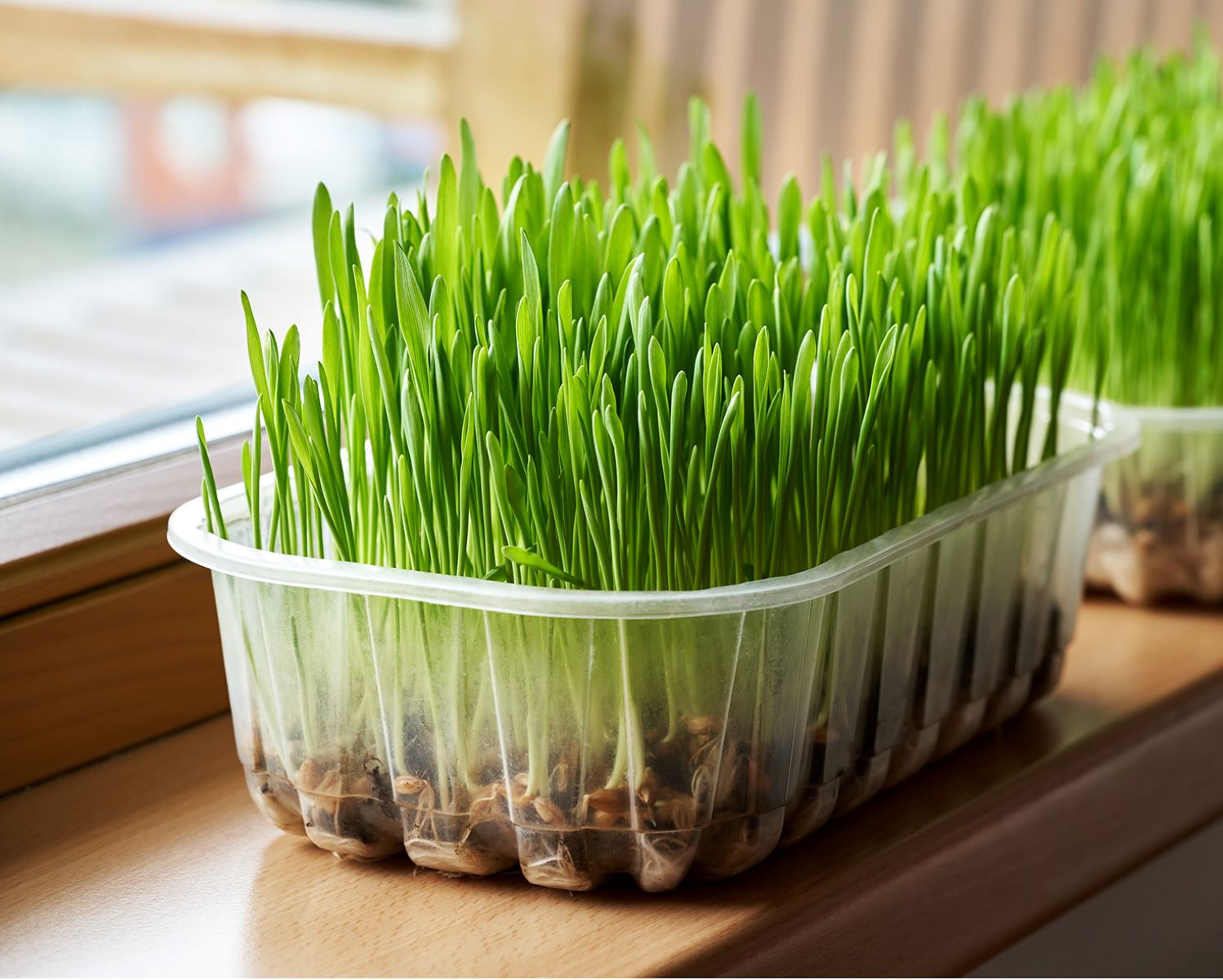
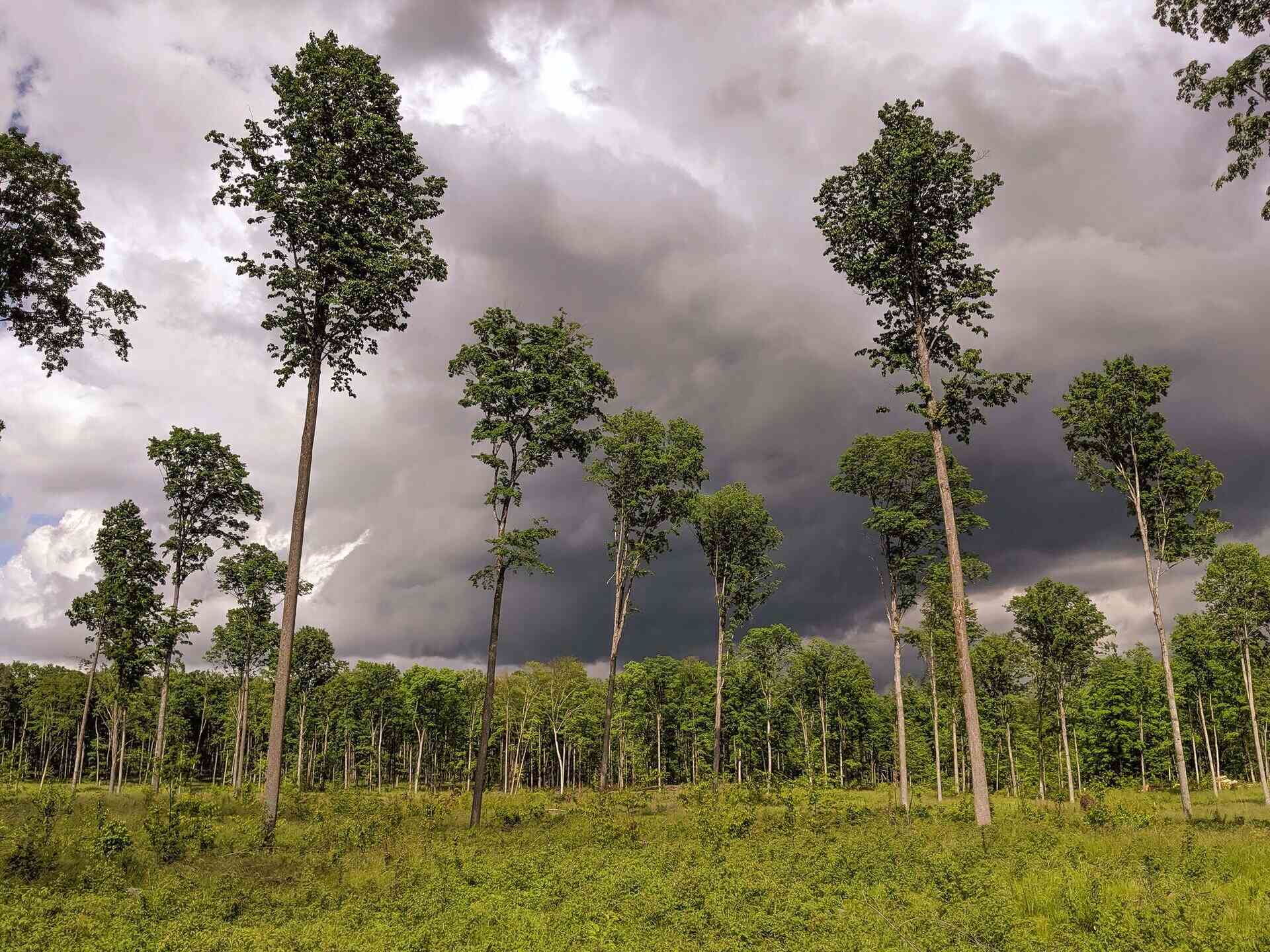
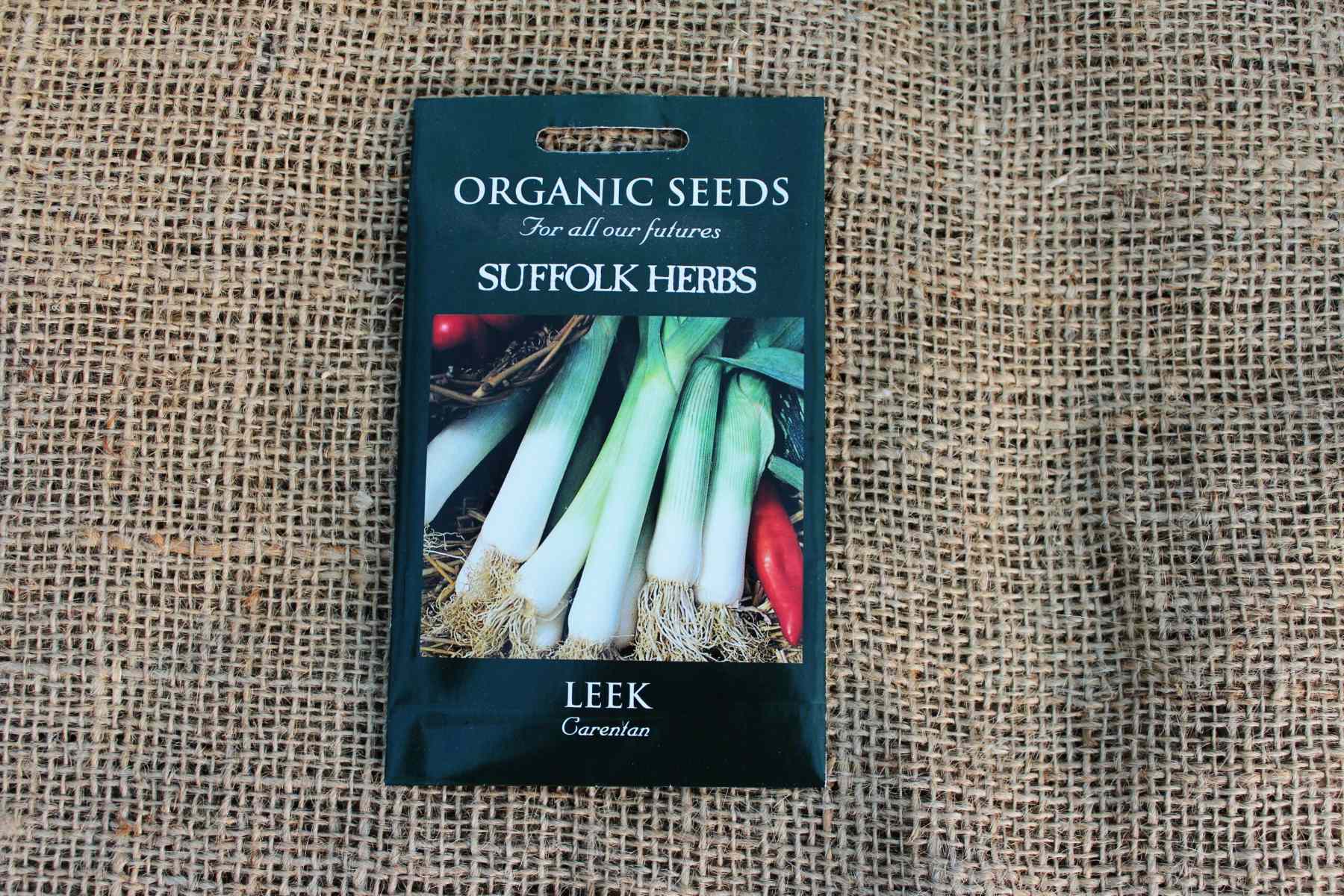
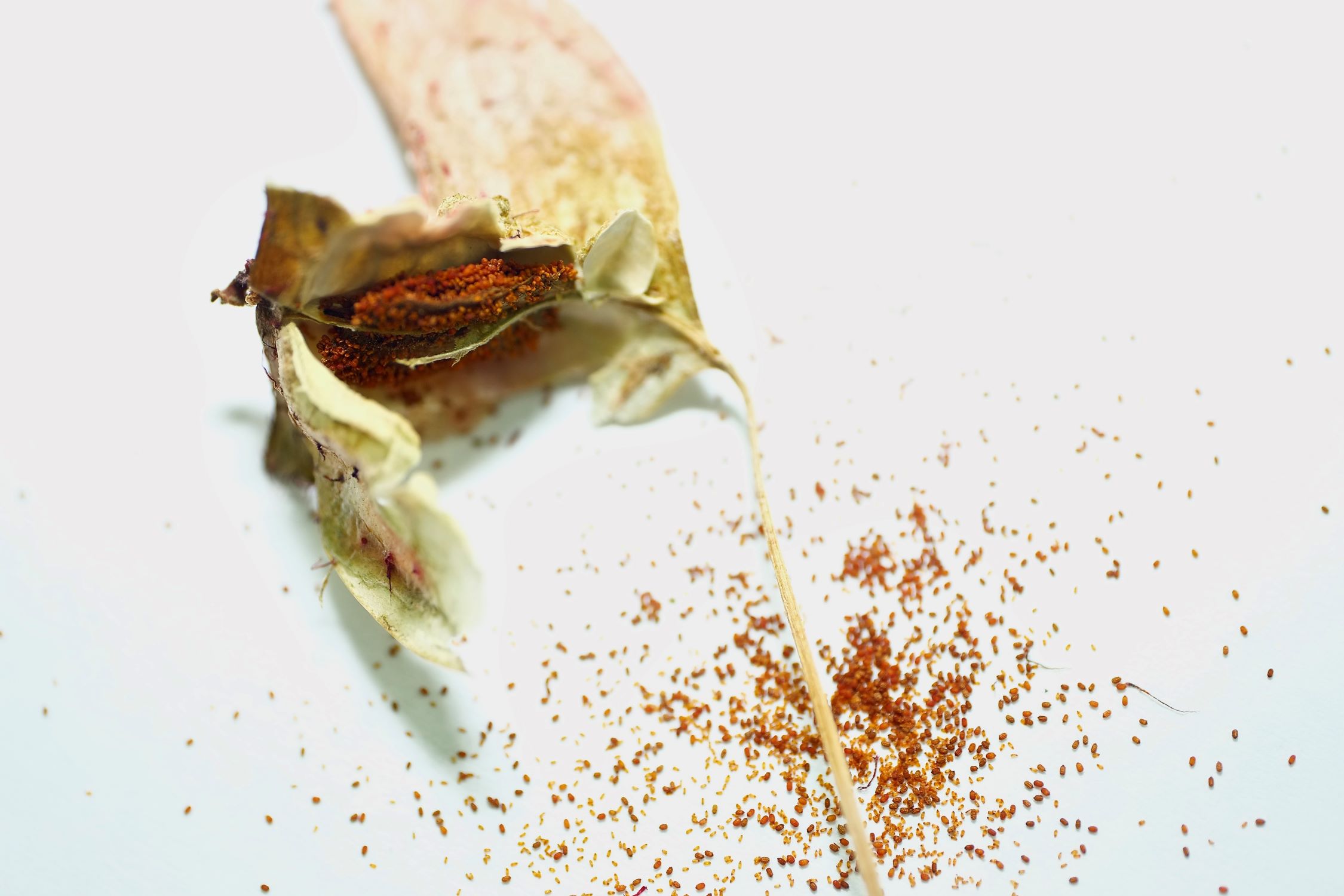
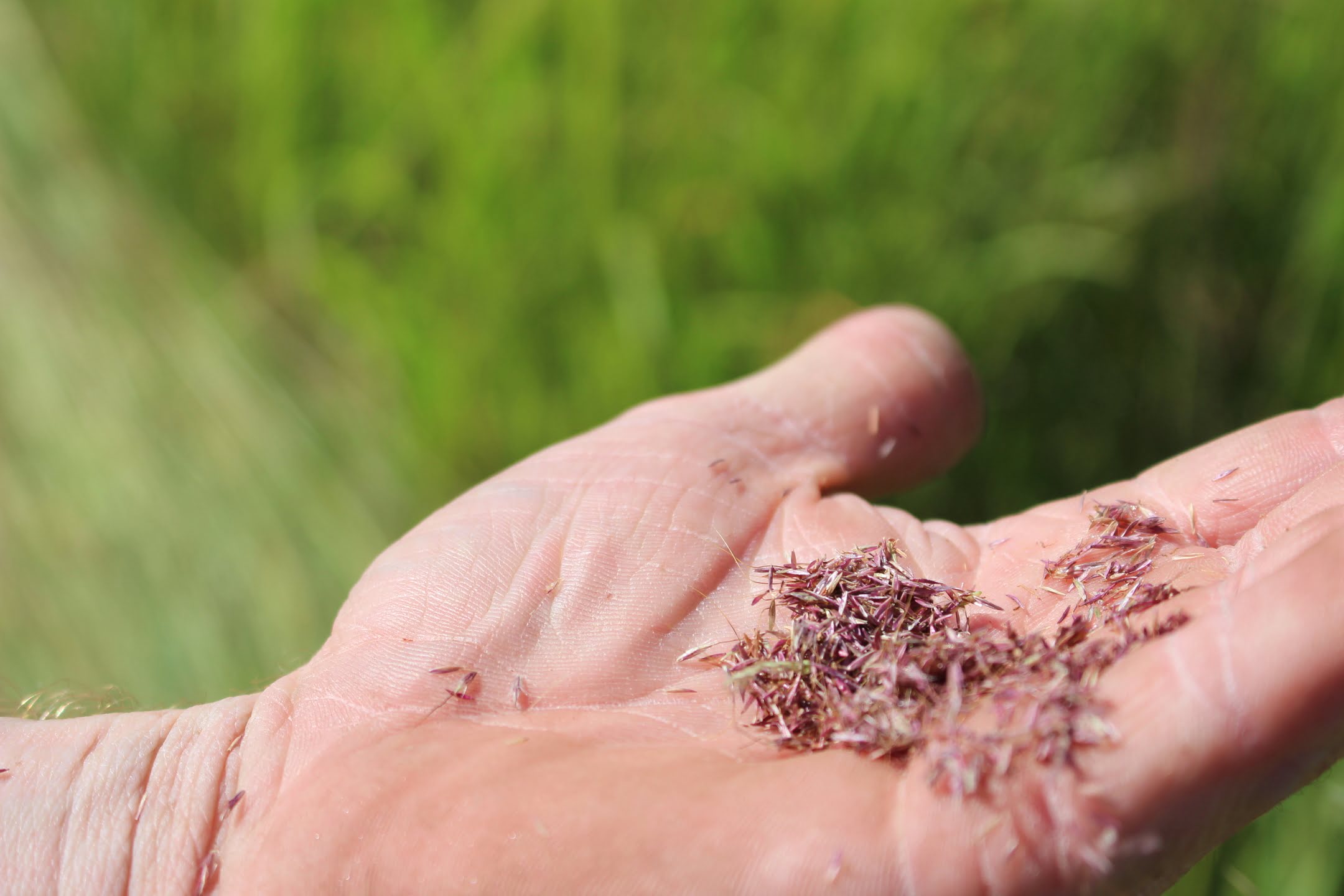

0 thoughts on “When To Harvest Nasturtium Seeds”